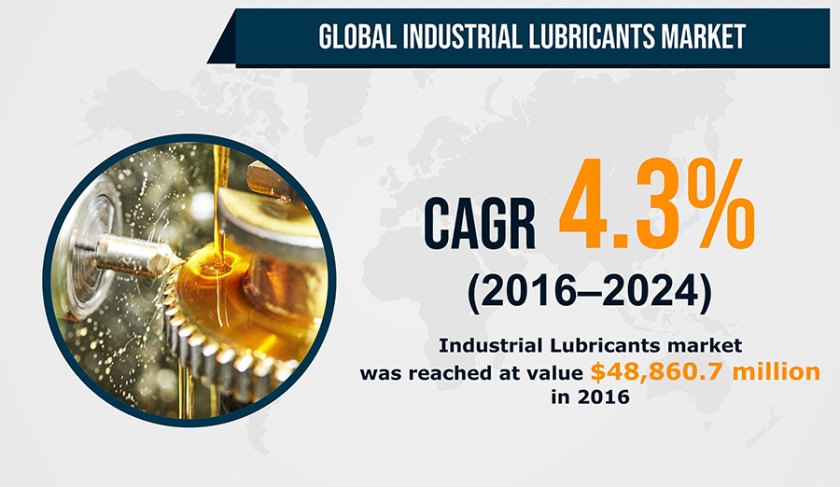As per the market study by the Department of Fashion and Apparel Studies, University of Delaware, the global market for textile mills attained a value of more than $700.0 billion in 2017. This rapid expansion of the textile industry is because of the quickly changing fashion trends and growing income levels. Due to these factors, the requirement for apparel is increasing at a fast pace, which is further resulting in the setting up of new textile mills across the world.
Get a Sample Copy of this Report @ https://www.psmarketresearch.com/market-analysis/industrial-lubricants-market/report-sample
The machines used at these mills for weaving need to be free of friction, static electricity, and corrosion. Various machine components, such as roller bearings, chains, gears, and adjusting spindles, need to function properly for the smooth running of the mill. To ensure that this happens, the textile industries uses industrial lubricants to protect the machines and their components from detrimental effects.
On the most basic level, industrial lubricants can be defined as substances, generally oils, fluids, and greases, which are used to protect materials from wearing and tearing by reducing friction and the binding of materials. Apart from this, they are also used to lessen the electrical resistivity while simultaneously increasing thermal conductivity.
Make Enquiry Before Purchase @ https://www.psmarketresearch.com/send-enquiry?enquiry-url=industrial-lubricants-market
The production base for industrial lubricants is expanding quickly in the Asia-Pacific (APAC) region. For example, PETRONAS announced in 2017 its decision to invest $150.0 million for producing 110.0 million liters of lubricants, which include industrial lubricants, by 2019, near Mumbai, India. Apart from the increasing production of industrial lubricants in APAC by regional firms, the key companies, based outside, are shifting their production bases to the region, which has enhanced the sales of industrial lubricants. This trend has strengthened the supply chain of various end-use industries located in the APAC region. Hence, the growth of the petrochemical sector in the region is resulting in the increasing production of industrial lubricants.
In addition, these lubricants are widely preferred for equipment and machinery as they prevent damage in both the inner and outer surfaces of the components. There are various types of products available in the industrial lubricants market, including metalworking fluid, and general, process, and engine oils. In 2016, out of these, the process oil category held more than 30.0% share in terms of volume in the market. Process oil is a special type of oil, which is widely used in the chemical and technical sectors.

